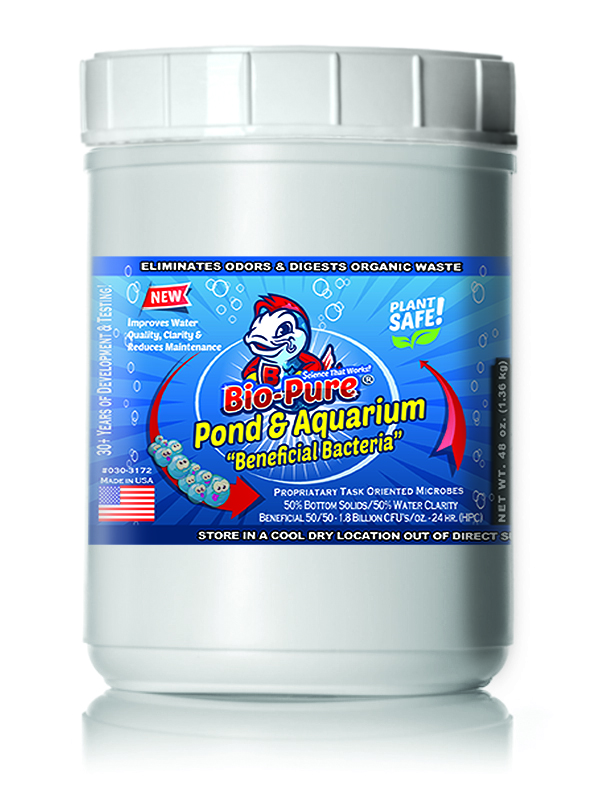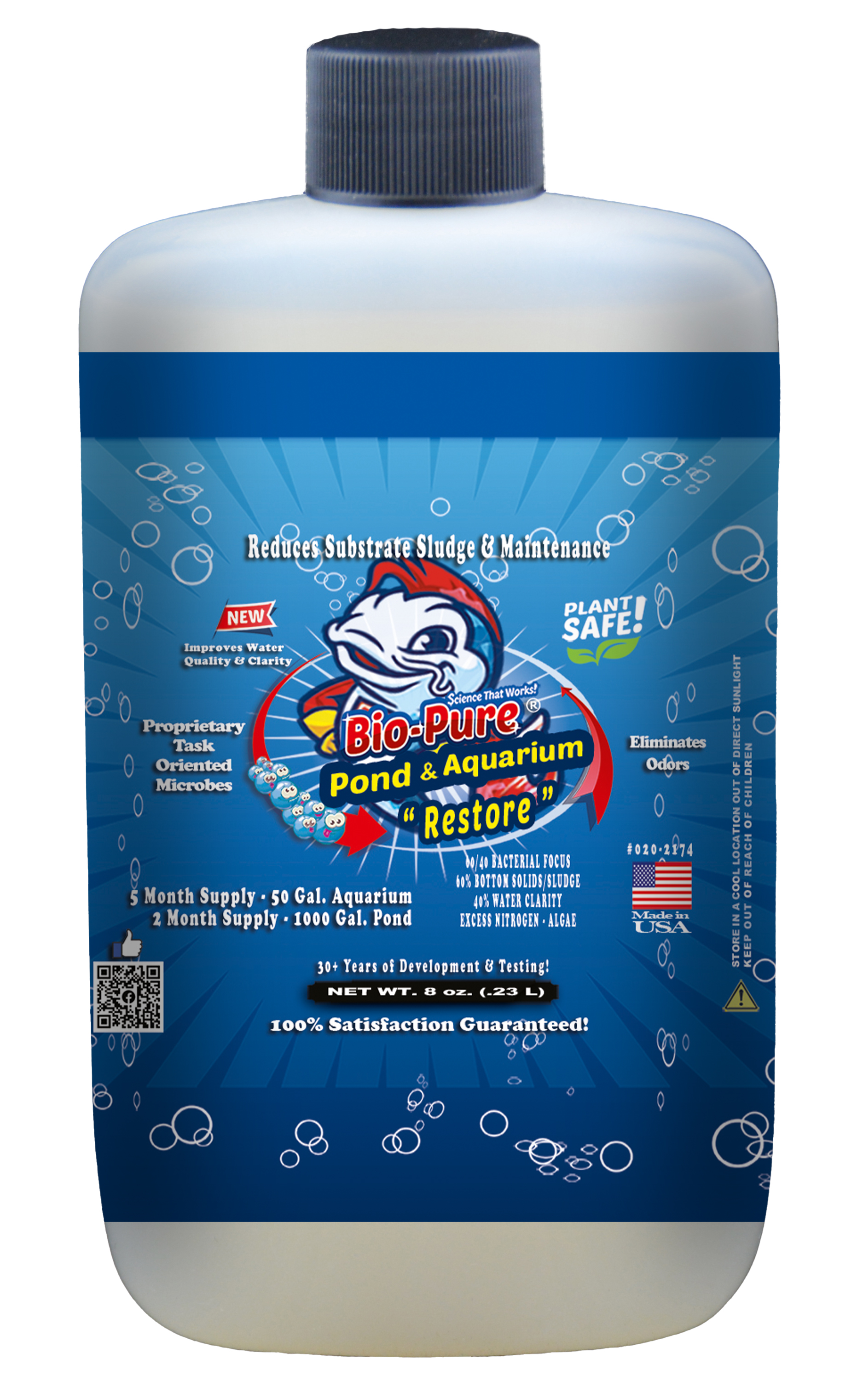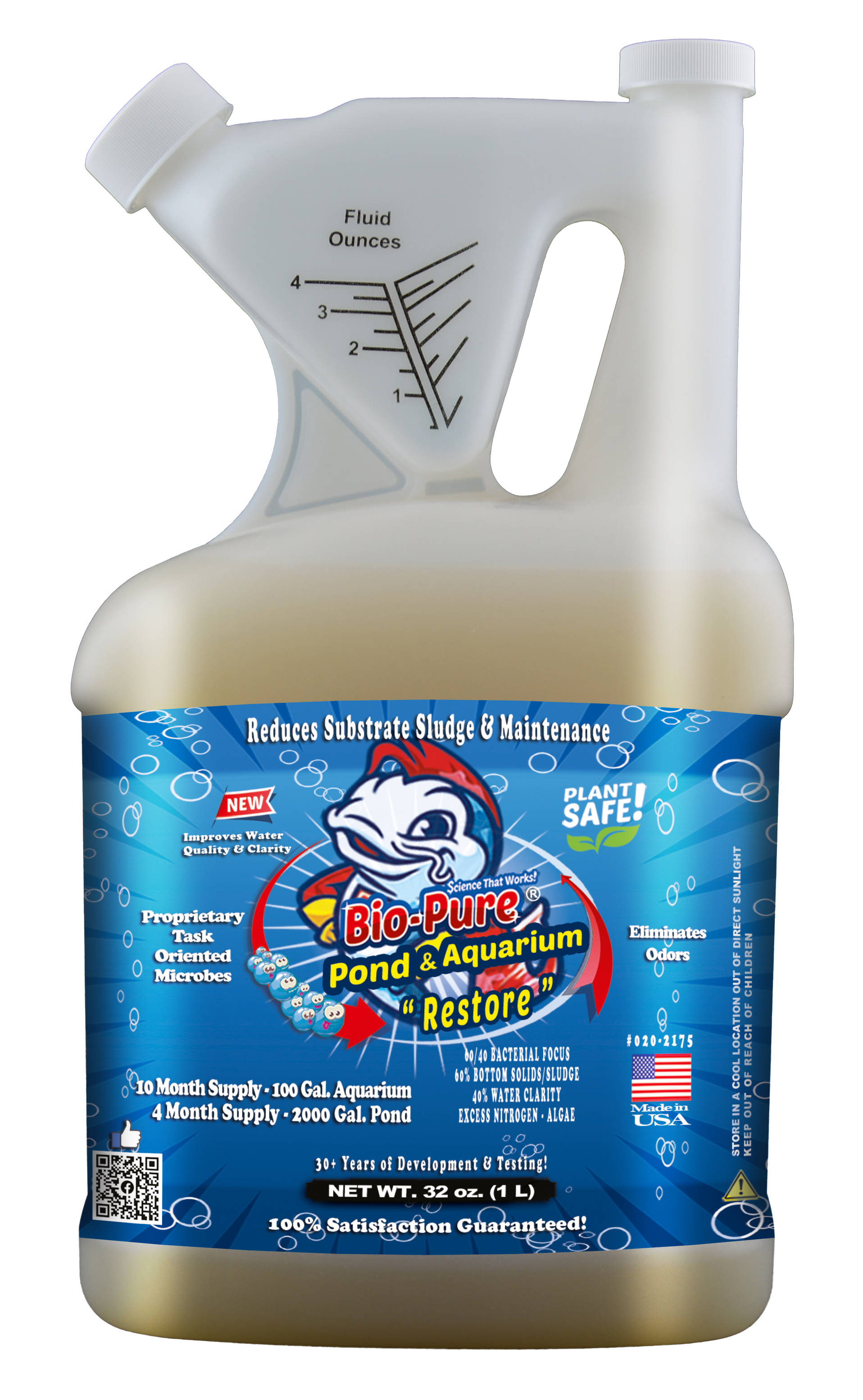Ammonia Reduction Through Bioaugmentation
Wastewater treatment is one of the earliest large-scale applications of biotechnology. It differs from other industrial microbiological processes in that there is little or no control over the raw material and only moderate control over the operating conditions, yet the process is expected to produce a uniform finished product. The goals of the process normally include the removal of organic pollutants and nutrients (i.e. nitrogen) before discharge.
Removal of "nitrogenous compounds" is critical as excessive amounts of ammonia and nitrite/nitrate levels are detrimental to water quality. Ammonia exerts an oxygen demand in aquatic environments; 4.7 grams of oxygen are required to oxidize one gram of ammonia. Nitrite is toxic to marine life and can induce methemoglobinemia (a reduction in the oxygen-carrying capacity of the blood) in humans. These factors call for effective removal of nitrogen from the wastewater before it is discharged to natural water systems.
The conventional method of removing nitrogen from wastewater starts with oxidation of ammonia to nitrite/nitrate (nitrification) and ends with reduction of nitrite and nitrate to nitrogen gas (denitrification).
This conventional approach to ammonia removal only converts one form of nitrogen (ammonia) to another (nitrite or nitrate).
Nitrogen exists in wastewater in four different forms:
- Organic nitrogen (amino acids, proteins, purines, pyrimidines, and nucleic acids);
- Ammonia nitrogen (NH3-N);
- Nitrite nitrogen (NO2-N); and
- Nitrate nitrogen (NO3-N)
In an untreated wastewater sample, the major fraction is usually ammonia nitrogen and the organic nitrogen. These are oxidized to nitrite and then to nitrate in the environment.
The conventional biological nitrification, a two-step process, begins with ammonia being converted to nitrite by Nitrosomonas bacteria, followed by nitrite being oxidized to nitrate by Nitrobacter bacteria. These bacterial species are typical examples for the nitrification process. They are autotrophic in nature and use carbon dioxide as their cell carbon source.
Because of the sensitivity of the process, relying on the ammonia nitrification step to convert ammonia to nitrate using the autotrophic bacteria has some problems.
The process requires long mean cell retention time (MCRT) of up to a few days and hence, huge storage requirements. The bacteria are very sensitive to cold temperatures as well as the presence of toxic chemicals in the system. The rate of nitrification slows down significantly during colder weather. Temperatures below 50º F [10ºC] can stop growth with 86º F [30ºC] being the optimum.
Bio-Pure's specially selected microorganisms consume a wide range of organic substances effectively. This results in an increased carbon uptake and consequently, an increased nutrient uptake, so their ammonia uptake as a nitrogen source (nutrient for growth) is higher than that for the naturally occurring microbial population in the waste water treatment system. They are capable of utilizing nitrite and nitrate for respiration (denitrification) as well as for growth as nitrogen sources.
The bacteria used in the Bio-Pure products are heterotrophic and utilize organic carbon as their source for food and energy. First, the organic matter is oxidized by bacterial cells to obtain energy. Simultaneously, organic carbon is assimilated into the new cells using the energy produced with ammonia as a preferred nitrogen source. More...




